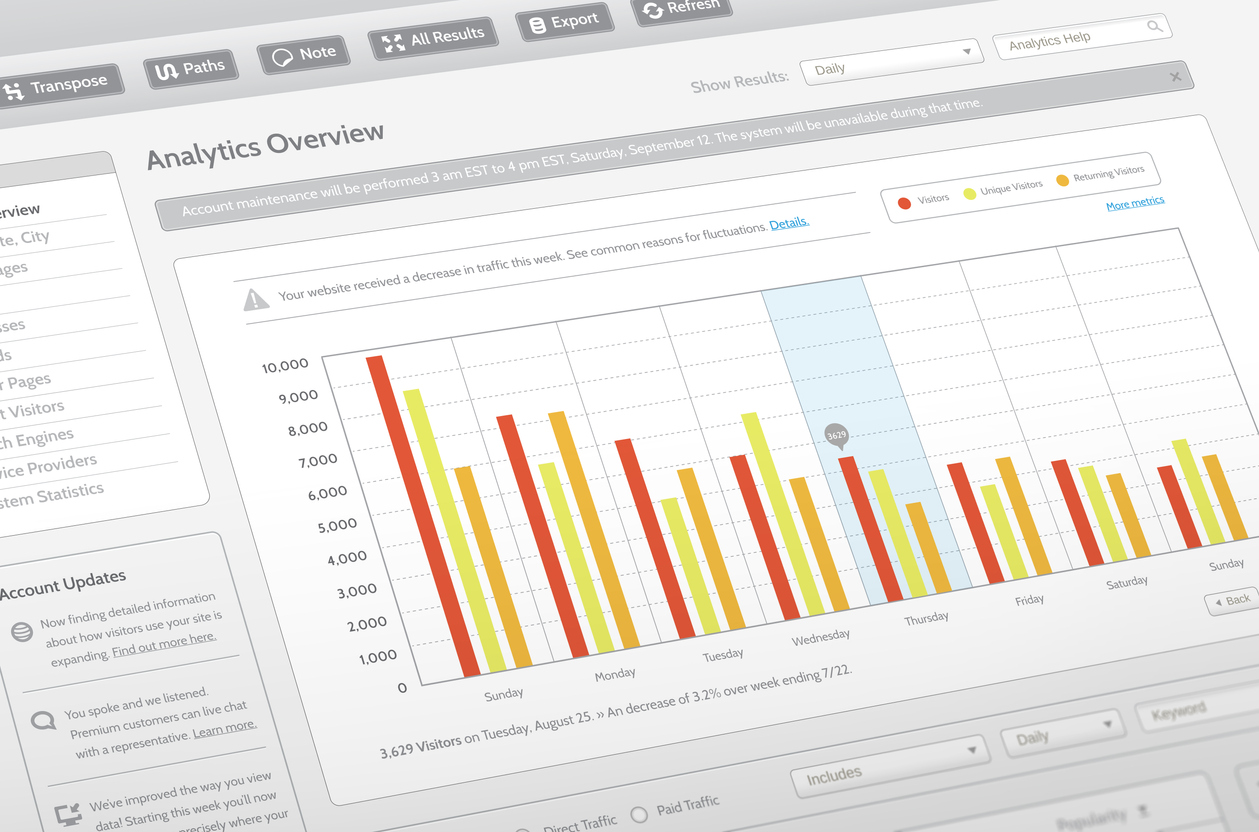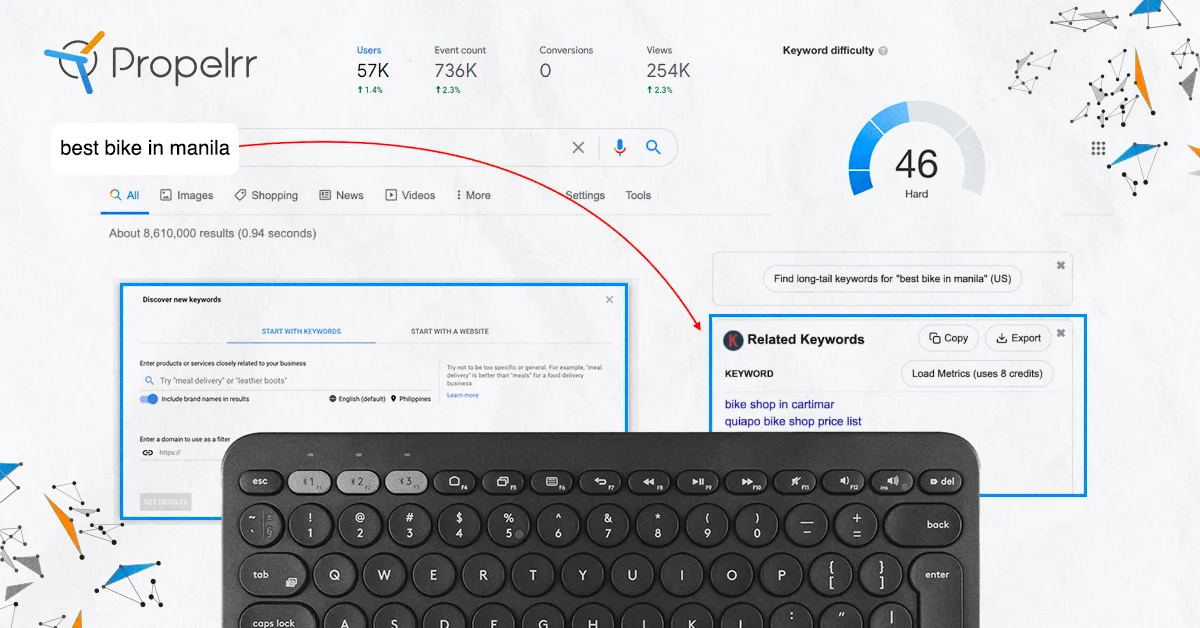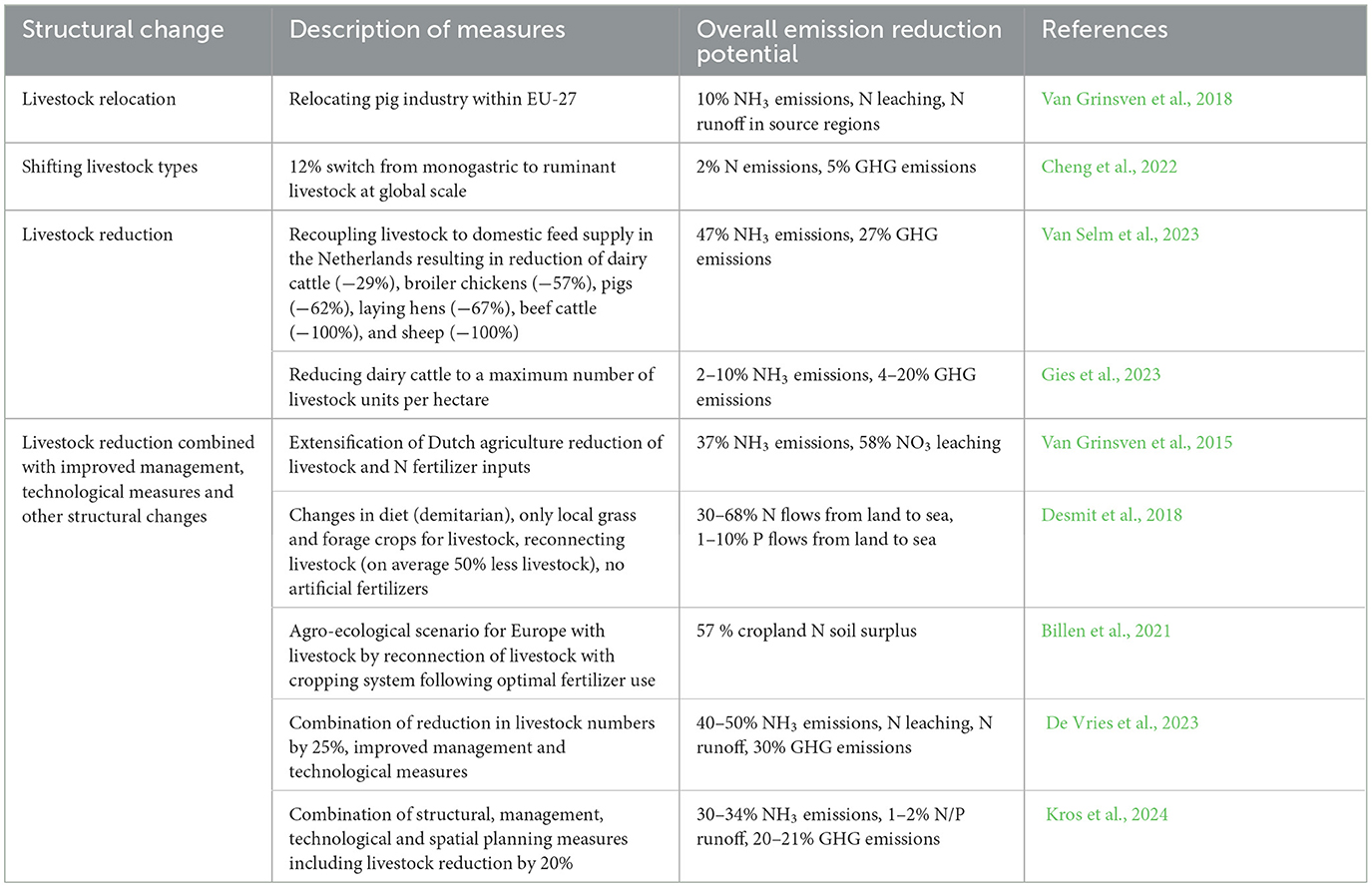Imagine waking up one day to find your website’s organic search traffic has plummeted overnight—it’s a scenario that sends chills down every webmaster’s spine. The lifeblood of your online presence, organic search traffic, is crucial for maintaining visibility and success. A sudden drop can be perplexing, leaving you scrambling to uncover the cause. From technical SEO issues to content shifts, understanding the reasons behind such declines is essential for effective recovery. This analysis will guide you through potential causes and solutions, helping you regain your footing in the competitive digital landscape.

Impact of Organic Search Decline
Understanding the impact of a decline in organic search traffic is paramount for anyone managing a website. Organic traffic, driven by search engine results, is not only cost-effective but also critical for engaging audiences who are actively seeking information, products, or services like yours. This section delves into why organic traffic is vital and explores the various causes behind its fluctuation, setting the stage for a thorough analysis.

Organic Traffic’s Role in Website Success
Organic traffic plays a pivotal role in a website’s success. Unlike paid traffic, which requires continuous financial investment, organic search traffic is a sustainable source that grows with effective SEO strategies. It boosts brand visibility, drives conversions, and enhances credibility. When your website ranks high on search engine results pages (SERPs), it attracts more visitors, which can lead to increased sales and engagement. Hence, maintaining and optimizing for organic traffic is crucial for long-term digital success. It acts as the backbone for your online presence, enabling your brand to stand out in a crowded digital marketplace.
Traffic Fluctuation Causes
Traffic fluctuations are a common occurrence that can stem from various factors. Understanding these causes can help you mitigate sudden drops in organic traffic. One primary reason for fluctuations is changes in search engine algorithms. Google, for instance, frequently updates its algorithms to refine how it ranks websites, impacting both your visibility and traffic. Additionally, changes in user behavior and preferences can lead to shifts in content trends, affecting how your site performs in organic search. Technical issues such as website crawling problems or slow loading speeds can also deter visitors and lower traffic, further emphasizing the importance of regular site audits.
Thorough Analysis Preparation
Preparing for a thorough analysis involves equipping yourself with the right tools and strategies. First, gather data from SEO tools like Google Analytics and Google Search Console to pinpoint traffic sources and identify patterns in your traffic drop. Next, conduct a comprehensive audit of your site’s technical performance, assessing factors like crawlability, indexation, and site speed. Also, review content performance to identify potential shifts in keyword rankings or content trends that might have influenced traffic. By systematically examining these elements, you can uncover the underlying issues and devise a strategic plan to recover and enhance your organic search traffic.
Potential Technical SEO Issues
Technical SEO issues are often the unseen culprits behind sudden drops in organic traffic. They can disrupt the way search engines interact with your website, leading to decreased visibility and visitor numbers. By identifying and addressing these issues, you can significantly improve your site’s performance and restore lost traffic. Let’s explore some common technical SEO challenges that might be impacting your organic search presence.

Website Crawling Issues
Website crawling issues can severely impact your organic search traffic. Common causes of crawling problems include blocked URLs in the robots.txt file, server errors, or an excessive number of redirects. Such issues can prevent search engines from accessing your pages, meaning they won’t appear in search results. Utilizing tools such as Google Search Console can help you identify crawling errors. Regularly check for any blocked pages or server errors that might be hindering crawlers and address these promptly to ensure all valuable content is indexed properly.
Indexation Problems
Even if a website is crawlable, it might still face indexation problems. Indexation issues arise when search engines fail to list your pages in their search results. This can happen due to duplicate content, thin content, or incorrect canonical tags that confuse search engines. Additionally, if you have a large site with dynamic content, you might experience index bloat, where unnecessary pages clog the index and distract from more important ones. To fix indexation problems, conduct an audit to ensure all vital pages are indexed and redundant pages are de-indexed. Tools like Google Search Console provide insights into which pages are indexed and highlight any issues that need addressing.
Site Speed & Core Web Vitals
Site speed is a critical ranking factor in Google’s algorithm, and slow-loading pages can deter users, leading to higher bounce rates and lower engagement. Google’s Core Web Vitals are a set of metrics designed to measure your site’s user experience, focusing on loading performance, interactivity, and visual stability. Poor scores in these areas can significantly affect your search rankings and, consequently, your organic traffic. To improve site speed, optimize images, reduce JavaScript execution time, and leverage browser caching. Regularly monitor your site’s performance using tools like PageSpeed Insights to ensure your website delivers a fast, seamless experience across all devices, particularly mobile.
Content & Keyword Performance Investigation
When organic traffic declines, examining your content and keyword performance is crucial. Shifts in content trends, changes in keyword rankings, and issues like keyword cannibalization can significantly impact your site’s visibility. This section will guide you through understanding and addressing these factors to help restore and enhance your organic search traffic.

Content Trend Shifts
Content trend shifts can have a substantial effect on your organic traffic. As user interests and search behaviors evolve, so too must your content strategy. A topic that was once popular may no longer attract the same level of attention, causing a decline in traffic. To stay relevant, regularly research and update your content to align with current trends and user intent. Use tools like Google Trends to identify emerging topics and adjust your content strategy accordingly. By staying ahead of content trends, you can ensure your website remains engaging and continues to attract visitors.
Keyword Rankings & Visibility
Your website’s keyword rankings and visibility are critical components of its organic search success. A drop in keyword rankings can lead to decreased visibility and organic traffic. To investigate this, use tools like Google Search Console or third-party SEO tools to track your keyword performance. Look for any significant drops in rankings and analyze potential causes, such as increased competition or changes in search engine algorithms. Additionally, focus on optimizing your existing content by incorporating relevant keywords and ensuring it delivers value to your audience. Improving keyword rankings can help boost your website’s visibility and, in turn, increase organic traffic.
Keyword Cannibalization
Keyword cannibalization occurs when multiple pages on your website compete for the same keyword, diluting your search engine rankings. This can lead to confusion for search engines and result in lower rankings for important pages. To identify keyword cannibalization, conduct an audit of your content to see if any pages are targeting the same keywords. If you find instances of cannibalization, consider merging similar content or differentiating the keywords each page targets. By resolving keyword cannibalization, you can enhance your site’s SEO performance, allowing search engines to better understand your content and potentially boosting your organic traffic.
External Factors Affecting Traffic
While internal factors like technical SEO and content play significant roles in organic traffic, external influences can also lead to sudden declines. Understanding how elements such as Google algorithm updates, loss of backlinks, and competitor activities affect your traffic can help you navigate the complex digital landscape and maintain your website’s visibility.

Google Algorithm Updates Impact
Google algorithm updates can dramatically impact your website’s organic traffic. Each update can alter how sites are ranked based on factors such as content quality, mobile-friendliness, and user experience. Staying abreast of these updates is crucial to maintaining your rankings. To mitigate any negative impacts, ensure your site adheres to Google’s best practices by consistently producing high-quality, relevant content and optimizing for user experience. Regularly reviewing industry news and updates can help you anticipate algorithm changes and adjust your SEO strategies accordingly.
Powerful Backlinks Loss
Backlinks are a vital component of SEO, acting as endorsements from other sites that boost your credibility and authority. Losing powerful backlinks can lead to decreased domain authority and a subsequent drop in organic traffic. To identify lost backlinks, use tools like Ahrefs or Majestic to monitor your backlink profile. If you notice a significant loss, reach out to webmasters to recover them or work on acquiring new quality backlinks. Strategically building and maintaining a robust backlink profile can enhance your site’s authority and help recover any lost organic traffic.
Competitor Activities & SERP Changes
Competitor activities and changes in the search engine results pages (SERPs) can also impact your organic traffic. Competitors might implement new SEO strategies or release engaging content that outranks yours, leading to a shift in rankings. To stay competitive, conduct regular analysis of your competitors’ activities. Use tools like SEMrush to monitor their keyword strategies, content updates, and backlink profiles. By understanding these dynamics, you can refine your SEO approach, capitalize on new opportunities, and adjust your tactics to ensure your site remains visible and competitive in the ever-evolving SERP landscape.
SEO Tools for In-Depth Analysis
To effectively diagnose and address a sudden drop in organic traffic, leveraging the right SEO tools is essential. These tools provide valuable insights into your website’s performance, helping you identify issues and develop strategies for recovery. Let’s explore how Google Search Console, Google Analytics, and third-party SEO tools can aid in your traffic analysis.

Google Search Console Insights
Google Search Console is an indispensable tool for understanding your website’s search performance. It offers insights into how Google indexes and crawls your site, highlighting any errors or issues that could affect your rankings. With Search Console, you can track your site’s search traffic, identify which queries bring users to your site, and see the pages that receive the most impressions and clicks. It also alerts you to crawling errors and security issues, enabling you to address them promptly. By regularly monitoring Google Search Console, you can maintain optimal site performance and quickly respond to any factors that may be impacting your organic traffic.
Google Analytics Utilization
Google Analytics provides a comprehensive overview of your website’s traffic and user behavior. By analyzing metrics such as bounce rates, session durations, and conversion rates, you can gain insights into how visitors interact with your site. Google Analytics allows you to track traffic sources, helping you determine whether a drop in organic traffic is due to changes in search engine performance or other referral sources. Use this data to identify trends, assess the effectiveness of your content, and adjust your strategies to enhance user engagement and retention. With its powerful reporting capabilities, Google Analytics is a vital tool for maintaining and improving your site’s organic traffic.
Third-Party SEO Tools Data
In addition to Google’s offerings, third-party SEO tools such as Ahrefs, SEMrush, and Moz provide valuable data that can help you delve deeper into your website’s performance. These tools offer features like keyword tracking, backlink analysis, and competitive research, which are crucial for identifying areas of improvement. For instance, Ahrefs can help you monitor your backlink profile and identify any lost links, while SEMrush provides insights into your competitors’ strategies and keyword performance. Using these tools in conjunction with Google Search Console and Analytics can give you a well-rounded understanding of your SEO efforts, enabling you to make informed decisions and effectively address any drops in organic traffic.
Action Plan for Organic Traffic Recovery
Experiencing a drop in organic traffic can be daunting, but with a strategic action plan, recovery is within reach. By prioritizing technical SEO fixes, refining your content strategy, and enhancing your link-building efforts, you can regain lost traffic and strengthen your website’s position in search results. Let’s outline the steps you should take to recover and boost your organic traffic.

Technical SEO Fix Priorities
Addressing technical SEO issues should be your first priority in recovering lost traffic. Start by conducting a comprehensive audit of your site to identify and resolve any crawling or indexation problems. Ensure your robots.txt file is correctly configured and that no critical pages are inadvertently blocked. Check for broken links and server errors, and rectify these to enhance crawlability. Additionally, improve your site speed and optimize for Google’s Core Web Vitals to ensure a seamless user experience. Regularly monitoring these technical aspects will help maintain your site’s health and positively impact your search rankings.
Content Strategy Refinement
Revisiting and refining your content strategy is essential for traffic recovery. Begin by analyzing your current content to identify what resonates with your audience and what doesn’t. Update outdated content to reflect the latest trends and user intent, ensuring it remains relevant and valuable. Conduct keyword research to find new opportunities and optimize your existing content with targeted keywords. Additionally, diversify your content formats to include videos, infographics, and interactive elements that engage users. A robust content strategy that adapts to changing trends and user preferences can drive traffic and improve your site’s visibility.
Link Building & Outreach Tactics
Strengthening your link-building and outreach efforts is crucial for enhancing your website’s authority and driving organic traffic. Focus on acquiring high-quality backlinks from reputable sites within your industry. Engage in guest blogging, participate in relevant online communities, and collaborate with influencers to expand your reach. Implement a proactive outreach strategy to recover lost backlinks by contacting webmasters and requesting link reinstatements. Continuously monitor your backlink profile using tools like Ahrefs to identify new opportunities and maintain a healthy link network. A strategic approach to link building can boost your domain authority and improve your search engine rankings, aiding in traffic recovery.